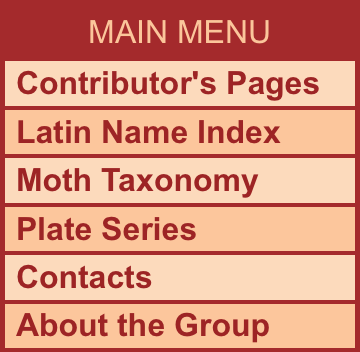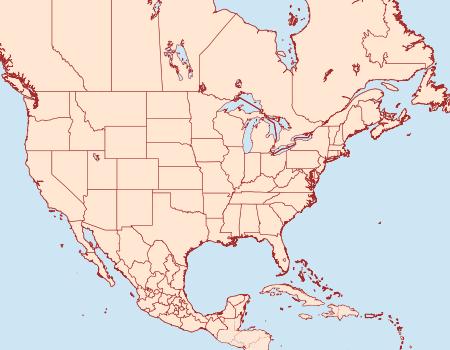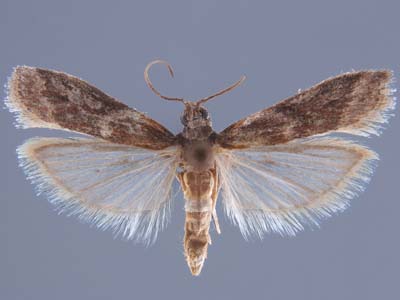
|

Digital Guide to Moth Identification |

|
|
Pyralidae
990225n –
19225 Cryptoblabes gnidiella
(Milliere, 1864)
|
| Photographs are the copyrighted property of each photographer listed. Contact individual photographers for permission to use for any purpose. |

Large Map & Chart Report Errors About Maps |
| References (Caution: DNA barcoding at BOLD provides evidence of relatedness, not proof of identification; some BOLD specimens shown may not be sequenced.) |
|
 © Christi Jaeger, MEM |
Moth Photographers Group at the Mississippi Entomological Museum at the Mississippi State University
Send suggestions, or submit photographs to Webmaster — Moth Photographers Group
Database design and scripting support provided by Mike Boone
